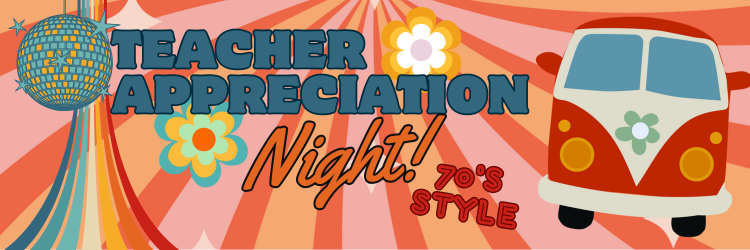 Sign up for all sessions by following the link at the end of this page.
Sign up for all sessions by following the link at the end of this page.
Session #1
March 28th
The Columbian Exchange…the dawn of invasive species
Contact between Eurasia and the Americas beginning in 1492 led to an unprecedented exchange of ideas, people, diseases, materials, and plants & animals between the regions. European exploration and conquest of the Americas resulted in untold destruction to the lives and cultures of indigenous peoples that persist today. Additionally, the environment of the Americas changed profoundly and permanently due to this first influx of invasive species. What are the ecological legacies that persist today?
Session #2
April 4th
Silent Spring and the beginning of modern environmental politics
Rachel Carson’s lyrical warning about pesticide use inspired environmentalists, ignited public health concerns, and enraged the agricultural industry. She reframed people as part of the natural system, rather than set apart. After publication in 1962, Silent Spring sold briskly worldwide and Carson’s arguments flooded the media. Chemical companies responded with personal attacks and leveraged sexist stereotypes to undermine her ideas. Despite failing health, Carson’s poise resulted in widespread public trust, particularly after appearing on a popular television special; a DDT ban soon followed.
Session #3
April 11th
The Environment vs Progress
In the United States, environmental disputes are often portrayed as battles between ‘progress’ and ‘the environment.’ Debates over Hetch Hetchy Valley in Yosemite, damming the Grand Canyon, and spotted owls followed this pattern. While this debate repeats, our values about ‘the environment’ or ‘wilderness’ as well as the appropriate role for people within it have changed over time. How has casting the environment as an antagonist to progress shaped how we manage land and regulate business? Worldwide, successful projects utilize indigenous knowledge and practices that cast people and the environment as partners, not antagonists. Are these alternative models for the future?
Session #4
April 18th
Human-caused Environmental Disasters
Our interactions with the environment can result in catastrophic impacts to people and ecological systems. We have burned rivers, plowed prairie to dust, and hunted birds once plentiful enough to fill the horizon to extinction. In response, activists have founded organizations and promoted legislation to foster environmental protection. Many of these initiatives are wildly successful: once endangered eagles and bison are abundant; air and water contain few pollutants; National Parks delineate and protect unique places. However, we legislate and plan to combat disasters of the past; the Oil Pollution Act, inspired by a tanker oil spill, applied poorly to the Deepwater Horizon oil rig disaster that followed. How have disasters inspired our current system of environmental laws & regulations? How can we better plan for future, novel environmental disasters?
Session #5
April 25th
Environmental Justice
We all depend on products and practices that result in environmental degradation however, these negative environmental impacts are concentrated in poor and marginalized communities. From the destruction of a thriving black community to construct Central Park in the 1850s to the recent Detroit water crisis, disproportionate environmental impact has shaped the American landscape. In the 1980s, the environmental justice movement galvanized through protests against a toxic landfill and rapidly expanded to address broader inequities. How have considerations of environmental justice changed how we manage environmental harm?
Session #6
May 2nd
The Anthropocene
Today human traces appear in the most remote parts of the Earth: microplastic on high mountain peaks and chemicals deep in forest soil. Our imprint is so global and profound scientists suggest we live in a new geologic epoch: The Anthropocene. Our most intense impact is the conversion of land into cities and urbanized spaces, which are projected to continue growing; by 2050, two thirds of the world will live in cities. Many of these cities have yet to be built. What might they be like? What could other dramatic changes in the Anthropocene mean for the future of the planet and life within it?
Register for all Sessions $150/Person Member or $165/Person Non-Member